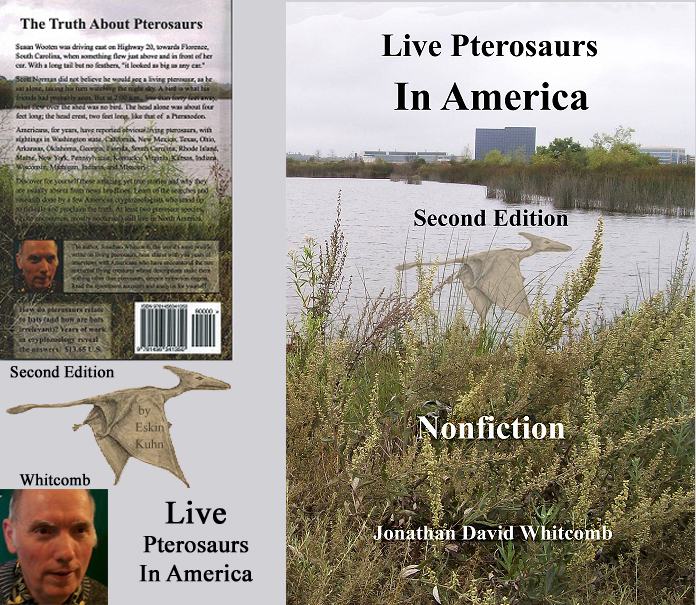The Live Pterosaurs post “Can Satire Backfire” mentioned legitimate purposes for satire, with an example of how this literary form was inappropriate in a particular blog post about the Marfa Lights of Texas.
A recent use of satire in Texas, however, may have backfired, with potential consequences unforseen by the blog writer. Prompted by a press release about a new interpretation of the Marfa Lights of Texas, and the publication of a nonfiction cryptozoology book with a chapter devoted to those strange ghost lights, the blogger ridiculed the idea that the source of those lights are bioluminescent flying predators that may even be living pterosaurs. I wrote both the press release and the book it promotes.
But the best example of satire is seen in the third comment, the brief remarks from “Doc.”
. . . OBVIOUSLY the Marfa lights are caused by the Glow-Goblins of Deverax, who have flown here from their magical prehistoric kingdom to protect us all from the Invisible Soul Reavers who infect our minds and cause things like depression, stuttering . . .
So how did satire backfire? Any mention of Marfa Lights, even ridicule, draws attention to the phenomenon, and those readers who see past the satire and past the bulverism (“Doc” referred to me as a “certified whack job”)—those intelligent readers may notice the first and second comments on Connelly’s post: Clear refutation of the assumption that there are no mysterious lights that ever appear around Marfa, Texas. For some readers, those two comments may “turn on the lights.”
For the original post ridiculing the new Marfa Lights interpretation, see: Richard Connelly.



